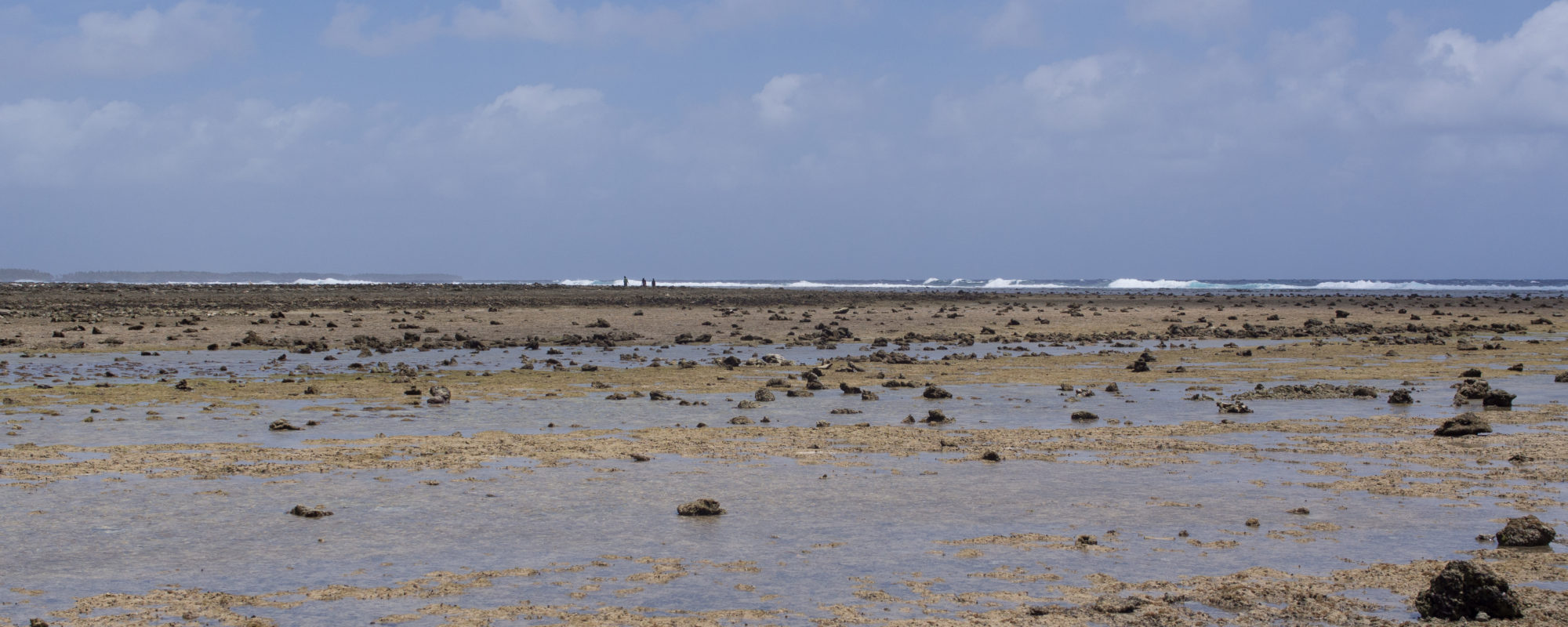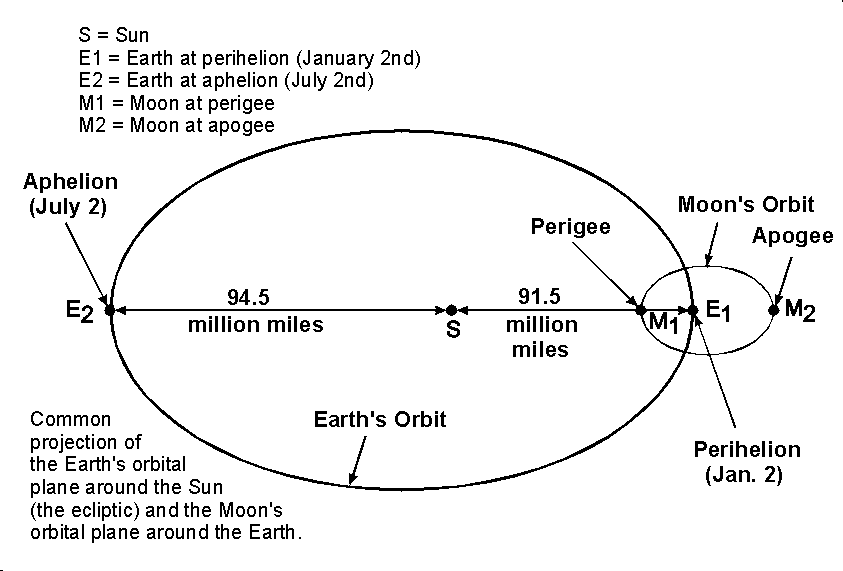Because the Marshall Islands has an elevation that averages only 7 feet, high tides can cause significant. This post will review tides and go into King Tides and their importance on flooding.
We will start with some back ground on tides. Tides are the movement of water across the Earth that is primarily influenced by the gravitational force of the Moon. The suns weaker gravitational force also influences tides. In the lunar month, the highest tides occur roughly every 14 days at the new and full moons when the gravitational pull of the Moon and the Sun are in alignment. These high tides are called spring tides. Spring tide is not named after the season, but, like that word, derives from the meaning “jump, burst forth, rise”, as in a natural spring.
The typical tidal range in the open ocean is about 2 feet. However, land formations can have a large influence on tides and tides can be as great as 53 feet as seen at the Bay of Fundy in Canada. In Majuro, the tidal range is modest and is from 2 to 6 feet. Other factors that influence tides are wind, low barometric pressure (higher tides) or high barometric pressure (lower tides).
A King Tide is a popular, non-scientific term, people often use to describe exceptionally high tides. The term was first used in Australia, New Zealand and other Pacific countries. The Moon and the Earth do not have circular orbits. Instead they are elliptical. The moon is 31,000 miles closer to the Earth during Perigee and thus the Moon’s gravitational force is at its greatest. When the moon is the closest and this coincides with spring tides, higher tides are increased by a couple inches. This is called a proxigean spring tide (also known as a perigean spring tide) and occurs 3-4 times a year. In addition, the Earth is 3 million miles closer to the Sun during perihelion and this occurs around January 2nd of each year. King tides occur when the Earth, Moon and Sun are aligned at perigee and Perihelion, resulting in the largest tidal range seen over the course of a year. So, tides are enhanced when the Earth is closest to the Sun around January 2 of each year. They are reduced when it is furthest from the Sun, around July 2.
In 2014 Majuro experienced a King Tide that was made worse by high winds and high tide was near 10 feet. As much of Majuro is < 1 foot in elevation, widespread flooding was experienced and over 1,000 Marshallese were evacuated. The Marshallese Government declared a State of Emergency.
King Tides are a natural part of tidal cycles and not linked to climate change, but they do give an idea of what higher sea levels could look like. King Tides will become more destructive if climate change continues and ocean levels rise.
References:
- Wikipedia. https://en.wikipedia.org/wiki/King_tide
- NOAA Tides and Currents: https://tidesandcurrents.noaa.gov/education.html
- NOAA FAQ Tide predictions and data https://www.co-ops.nos.noaa.gov/faq2.html#27

